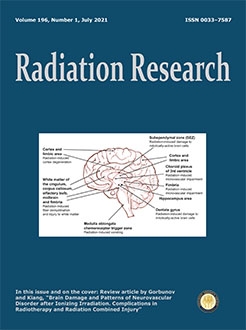Low-dose-rate radiation exposures and their associated cancer risk are an important concern for radiation protection today. Nevertheless, there is almost no data concerning DNA damage at dose rates below 0.1 mGy/min. In this study, we investigated the formation of DNA damage repair foci under chronic low-dose-rate irradiation relative to acute high-dose-rate irradiation and assessed the magnitude of the dose-rate effect. Four human and four mouse normal fibroblast cell models from different organs were subjected to gamma irradiation at 0.096 mGy/min or 0.81 Gy/min, and dose-response curves were established for the dose range from 0.1 to 0.8 Gy. The results indicate that prolonged low-dose-rate exposures cause modestly increased levels of DNA repair foci, with a strongly supralinear dose-response relationship, where 40–70% of the radiation effect at 1 Gy was already present at the total dose of 0.1 Gy. Thus, compared to acute irradiation, low-dose-rate exposure was 6–9 times less efficient at a total dose of 0.1 Gy, and 10–20 times less efficient at 1 Gy. Comparison between cell models revealed a certain correlation between the presence of persistent, above-background foci at 48 h after irradiation and the sensitivity to low-dose-rate radiation, suggesting that repair capacity plays an important role in the cellular response to chronic irradiation. Given the findings reported here, we propose that establishing detailed dose-response curves and accounting for the repair rates of different cell models are essential steps in elucidating dose-rate effects.
How to translate text using browser tools
15 April 2021
Formation of DNA Damage Foci in Human and Mouse Primary Fibroblasts Chronically Exposed to Gamma Radiation at 0.1 mGy/min
Elena Zaharieva,
Megumi Sasatani,
Ryoga Matsumoto,
Kenji Kamiya
ACCESS THE FULL ARTICLE

Radiation Research
Vol. 196 • No. 1
July 2021
Vol. 196 • No. 1
July 2021




